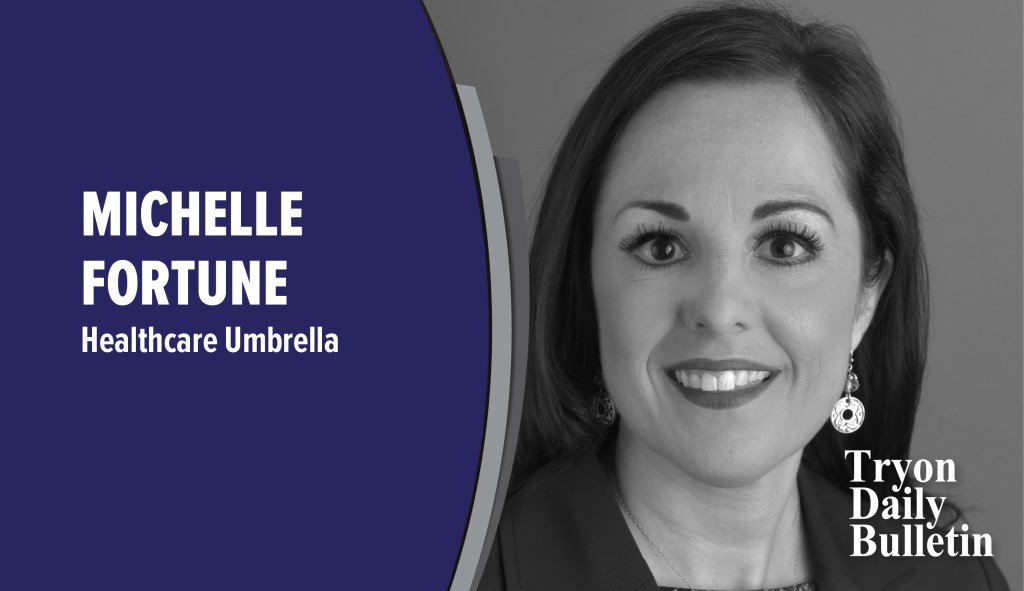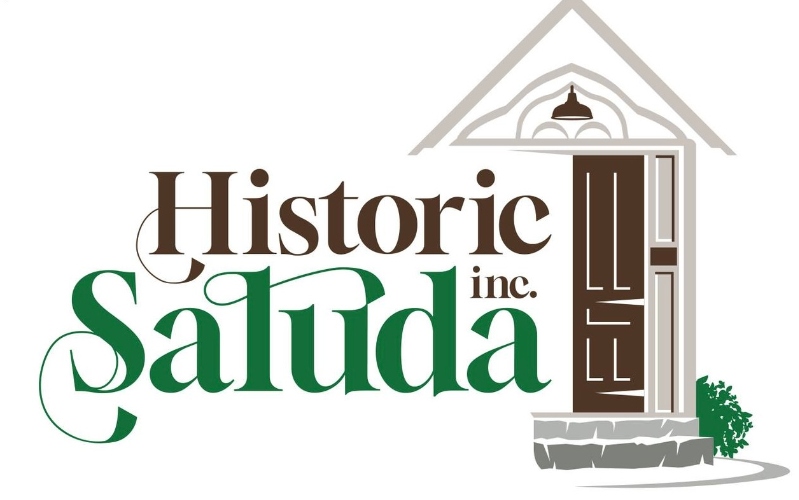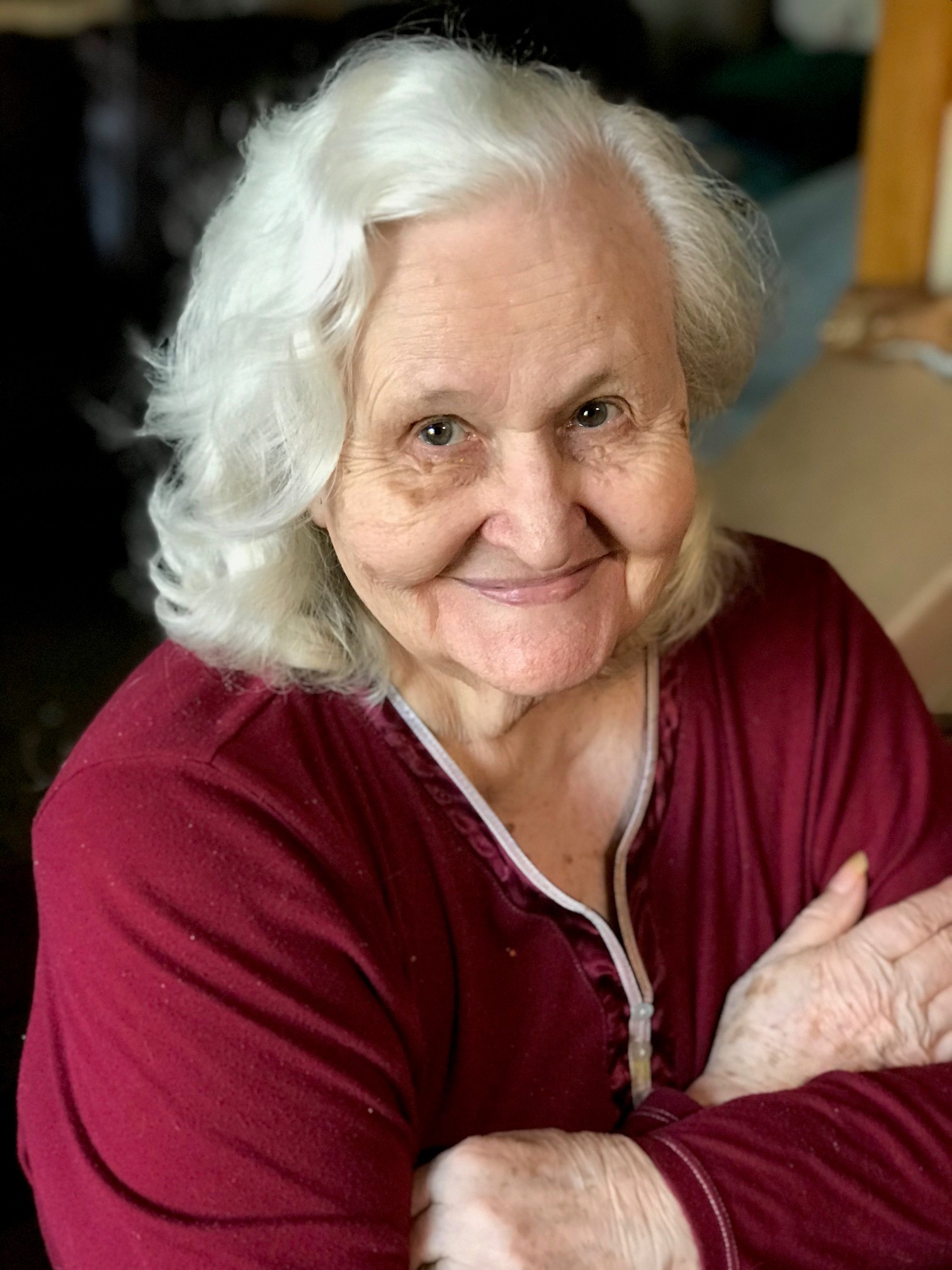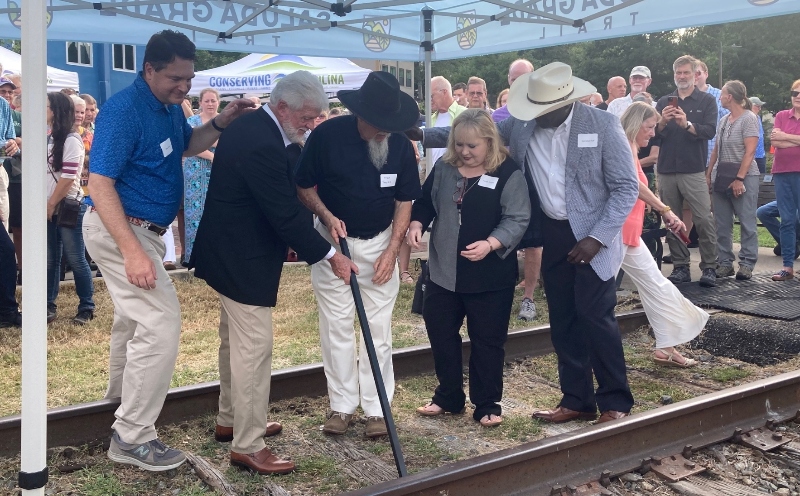The Value of Community Partnerships
Published 11:26 am Tuesday, April 11, 2023
|
Getting your Trinity Audio player ready...
|
The recent tragic outbreak of killer tornadoes in rural Mississippi leveled entire towns, killing more than two dozen people. Because of this disaster, I could not help but focus on the importance of community partnerships regarding our well-being. Large urban areas have complex networks of first responders, resources, and well-established policies for dealing with catastrophic emergencies. However, in some rural communities, the care is not as well coordinated. Fortunately, that is not the case with Polk County!
Polk County has an exceptionally well-trained group of community-based first responders who are often among the first to arrive on the scene of emergencies. Our first responders include Polk County Emergency Medical Services (EMS), several fire departments or volunteer rescue members, Polk County Sherriff’s Department, Saluda, Columbus, and Tryon Police Departments, and at times North Carolina State Police. In addition, these essential partners work with the St. Luke’s Hospital Emergency Department and surrounding healthcare providers during emergencies to ensure coordinated, effective care in our community.
Trending
As you may suspect, by training, first responder segments are trained to respond to different kinds of emergencies. Firefighters, for example, are best suited to respond to fires of all types. At the same time, healthcare workers are better suited to respond to mass trauma or outbreaks of viruses and bacteria.
Bobby Arledge, Director of Emergency Management for Polk County, recently told me, “In addition to skills for each first responder discipline, our departments train for those situations where we may be required to assist other bureaus.” He continued, “Emergency Preparedness means our first responders must have basic knowledge, training, and skills and be ready to assist other departments in urgent situations.” Our fire service in Polk County is a mix of full-time and volunteers. And a tremendous amount of dedication and training goes along with being a firefighter and other first responders. Mr. Arledge said, “To be proficient first responders, we need great teamwork and cooperation between agencies so everyone goes home safely.”
When community-wide emergencies happen, demands on our local departments and healthcare facilities have the potential to deplete available resources quickly. “Advanced planning and preparation are essential between responder departments, local governments, and communities to be more effective in community emergencies,” said Mr. Arledge. Providing emergency medical care; setting up temporary shelters; and coordinating supplies and equipment for the survivors and responders requires excellent, open lines of communication between well-structured leadership. The hospital and many of these community partners run drills for emergency events at the individual and organizational levels and collaboratively ensure we effectively field emergencies together.
Trending
Short of community-wide disasters, our responder departments address smaller-scale emergencies nearly daily. Time after time, our communication as a county-wide team pays off dividends in saved lives. None of our organizations is an island; we count on one another to ensure the health and safety of our community.
A great example of our day-to-day work together is a recent situation with a community resident who had lab work that indicated they needed immediate attention. Our hospital team attempted to contact the patient, left messages, and had not received a response. As a result, we requested that Jason Wilson from Polk County EMS perform a wellness check on the patient. Jason is a community-based paramedic that makes wellness calls on high-risk patients. Jason visited the patient’s residence, and they were then able to receive proper treatment at the hospital to address the health need. This example is a small but ideal example of inter-organizational communication resulting in a positive outcome for our county’s residents. Community organizations are going the extra mile to ensure we work together to keep our neighbors safe—this is rural America at its finest! Thanks to all the men and women working hard to keep us healthy and safe!
If you have a healthcare topic of interest or want to learn more about St. Luke’s Hospital, send me a note at Michelle.Fortune@slhnc.org. Also, please follow us on Facebook, Twitter, and LinkedIn, or visit our website at StLukesNC.org.






